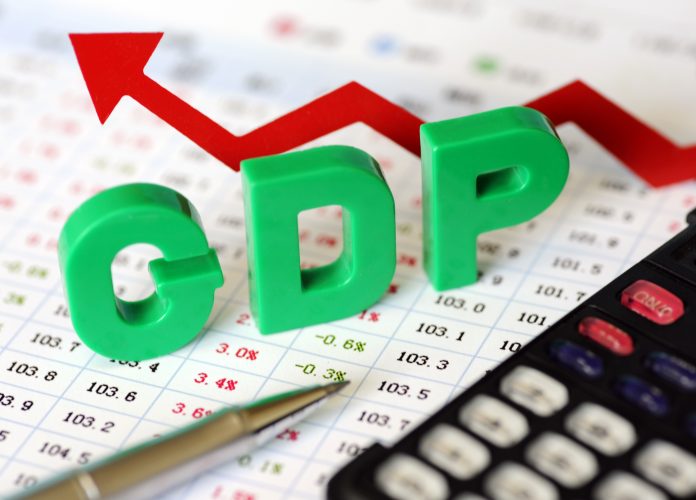The government has agreed to a World Bank proposal to update the methodology and source of data for Pakistan’s GDP measurement and the project is likely to be completed by June next year.
An official source said that there were several concerns with the GDP’s measurement methodology and data sources in the international financial institutions during the last few years.
IFIs were continuously raising objections over the veracity of the data compiled by the Pakistan Statistics Bureau (PBS). The input and output tables used for GDP calculation were last updated about 26 years ago.
In addition, the Census of Manufacturing Industries (CMI) is updated infrequently meaning that the Large-Scale Manufacturing (LSM) index is unable to capture the entry of new players in the market. Further, the index is based on poor data collection mechanisms and covers only 15 of 22 sectors, all of which likely results in an underestimation of the industrial activity in the economy.
The GDP in Pakistan is reported at factor cost, while the international norm is to report it at market prices, making it hard to make cross-country comparisons. Furthermore, there is a significant disparity between Pakistan’s two GDP data sets (factor cost versus market price) with no uniform historical trends.
International good practice suggests that national accounts need to be rebased every five to seven years to account for structural changes in the economy. Pakistan’s last rebasing occurred in FY06, suggesting a far longer gap than international standards.
In addition, quarterly or regional GDP is not published in Pakistan; both can be useful for policy making. It would be pertinent, therefore, to review comprehensively the institutional framework, the resources and source data used, and the compilation techniques at both the current and the constant prices. This could inform a strategy to update the measurement methodology, maintain a regular rebasing schedule and strengthen the capacities of the national and provincial statistics bureaus.




